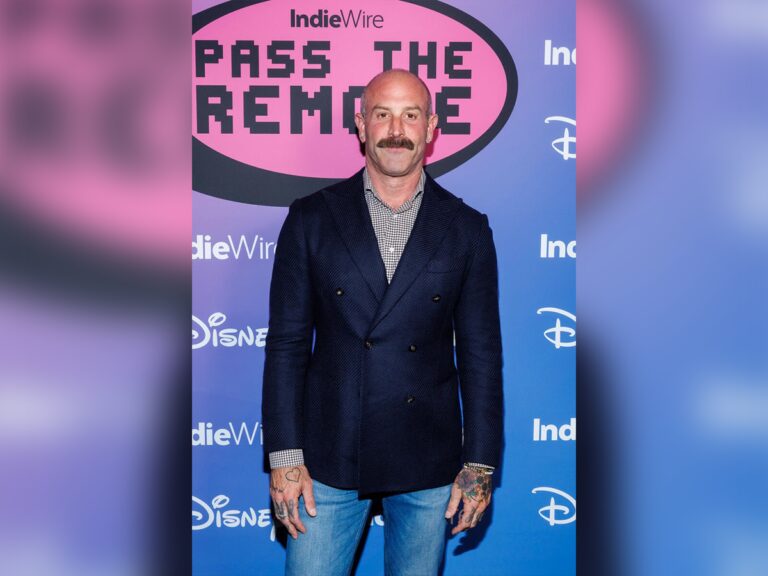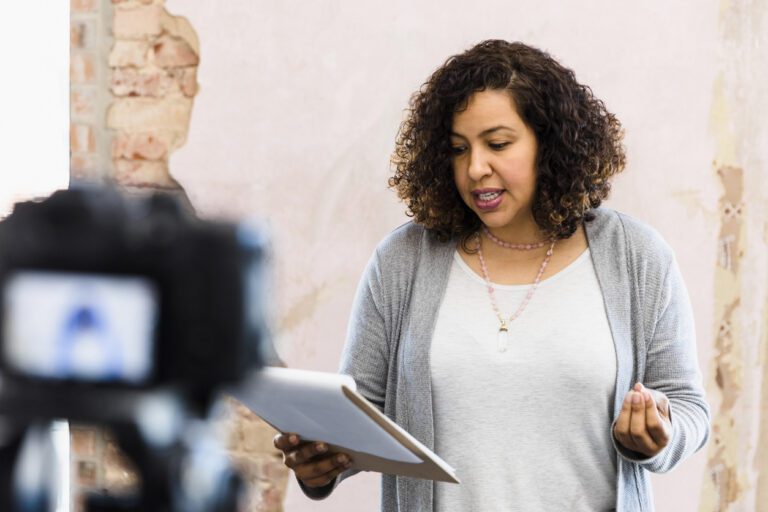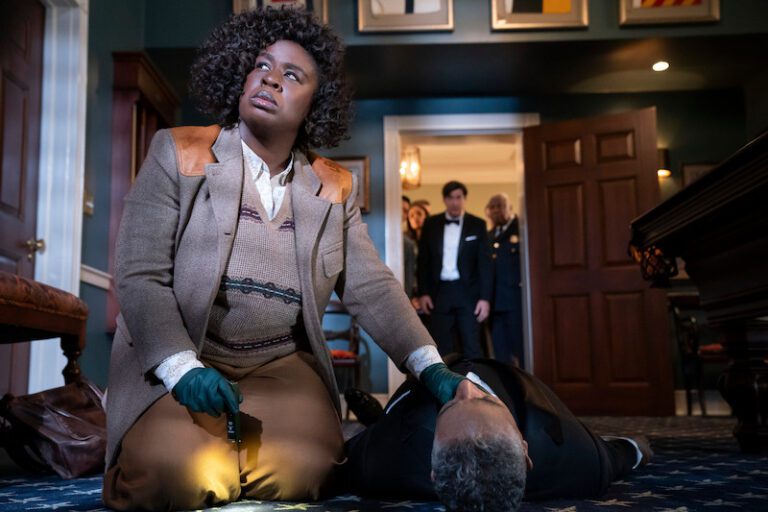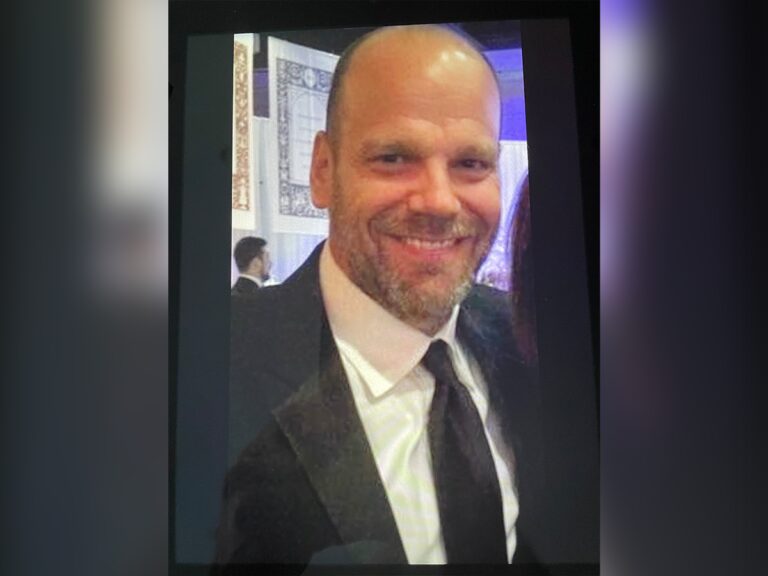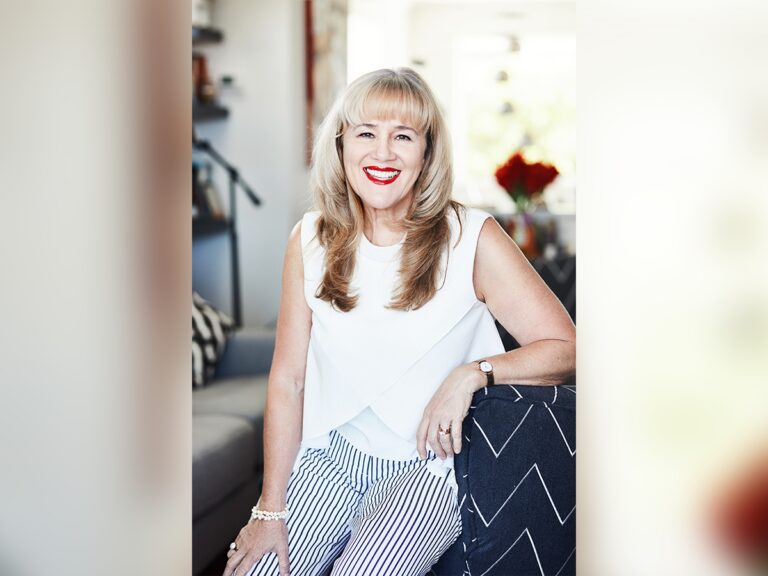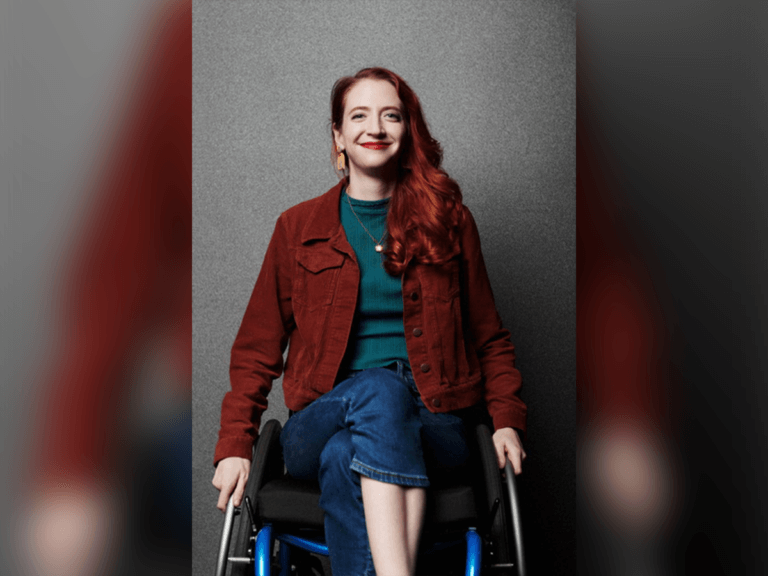In recent years, in-person auditions have taken a back seat, with self tape auditions and virtual auditions becoming the norm for the casting industry, which means it’s time to take your self tape studio to the next level.
We’ve previously given you tips on how to create a setup, as well as best practices when it comes to capturing your self tape audition. To help you perfect your audition technique and get the self-tape audition process down to a science, here are three actionable steps you can take, as well as some key insights from casting directors.
Insights: Quick Tips for Improving Your Self Tapes
- Use a virtual reader and set up a dedicated space with a tripod to maintain eye contact and reduce setup time.
- Implement a wireless remote to streamline recording, allowing for quick start/stop without editing.
- Keep a simple background to ensure your performance remains the focal point, avoiding over-production.
Thinking about joining Casting Networks? Sign up for a free trial today!
Adjust for a Virtual Reader
Nothing is worse than preparing to film your self tape audition without a scene partner to perform it with you. If you live alone, this might be a challenge. That said, Casting Director Rose Rosen provides a fix.
During her livestream with Casting Networks, Rosen said that a virtual scene partner is acceptable, citing actors phoning in their readers via FaceTime. If there’s no one in your living space who can read for your auditions, adding a second tripod and phone attachment to your setup for your virtual scene partner can help you in a bind.
The tripod helps keep your phone or tablet at the proper height, allowing you to see and engage with your virtual reader while still maintaining the correct eyeline. The Smart Easel is an environmentally friendly option for an attachment that will adjust to the size of the device you’re using for the call.
If you’re in the market for a virtual reader, check out the coldRead app. When you say the last word of your line, coldRead will then “read” the next line back to you like a true reader. The app, which lets you rehearse whenever you want, can also record lines and self tapes.
Streamline Your Self Tape Recording Process
We understand that space may be limited, but if at all possible, designate an area in your home where your fully assembled setup can reside. When your agent sends you a self tape audition request, there are a number of things to start thinking about. You’ll need to research the project, begin getting the lines down, interpret the scene, etc. You don’t want to add one more thing to your to-do list when working on a self tape audition. That includes having to assemble your at-home studio every time you get one.
Editing is another step in the process that can potentially be eliminated. If the directions from casting don’t require you to edit your video, take editing out of the equation.
To help make things run quicker, we recommend adding a wireless remote control to your setup. By connecting the remote to your camera, you can start and stop recording from your mark. Since virtual readers can’t operate the camera like their in-person counterparts, this helps simplify the process while saving you from editing out awkward footage of you fumbling for the “record” button before and after each take. There are a number of affordable options on Amazon that will work with the type of camera you use. Some even connect to smartphones.
Put the Focus on Your Performance
At the end of the day, the casting process isn’t about your production value. It’s about your authentic performance, strong choices and showing who you are as a creative professional. This final tip isn’t about adding to your self tape setup and may instead require you to simplify it.
In her livestream with Casting Networks, Casting Director Rita Harrell said that she’s seen actors go too far when it comes to staging their self tapes, such as filming in the kitchen to match the setting of an audition scene.
Harrell advised to keep it simple and stick with a blank background. This tip keeps the focus on the acting, a value casting director Tracy “Twinkie” Byrd echoed during a SAG-AFTRA panel on self-taping. Byrd recalled that she once received a self tape so heavily edited that it could’ve doubled as a short film. “[I thought that] all it needs is a one-sheet, and they could put it into a film festival,” Byrd said. She cautioned that over-producing a self tape can distract from the performance.
With these tips in mind, you can use this time to step up your self tape game so that you’re ready for any and every remote audition that comes your way. Self tapes are here to stay, and we’re here to help ensure you submit the best ones possible to land your next acting role.
You may also like:





